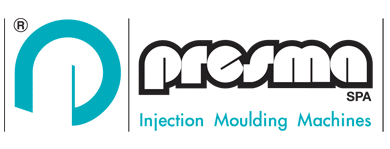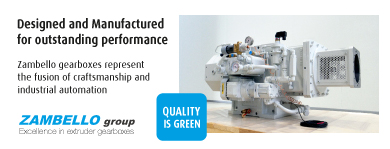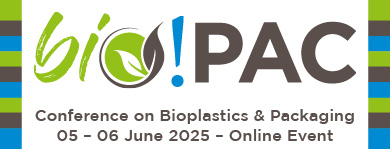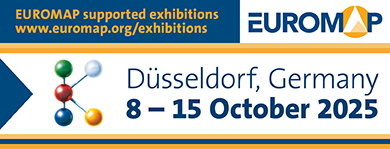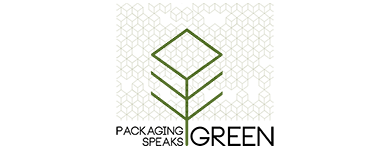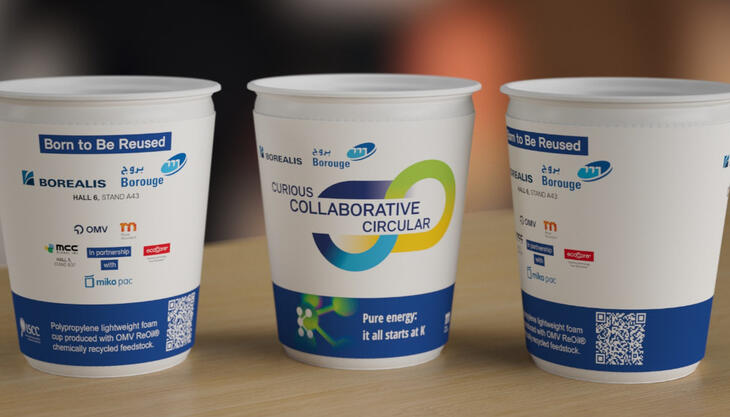From solar vehicles for extreme racing to series vehicle production
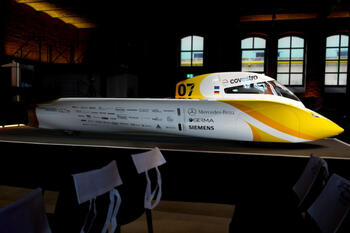
In front of 800 guests, Team Sonnenwagen unveiled their new solar race car in Aachen. The goal is the victory in the world's toughest solar race – the Bridgestone World Solar Challenge from 24 to 31 August in Australia. 3,000 kilometers across the Outback – powered solely by the sun.
Æthon is the result of twelve months of intensive development. Over 40 students from RWTH and FH Aachen designed, tested, and built the vehicle alongside their studies – supported by Covestro as main sponsor and technology partner. The Leverkusen-based materials manufacturer contributes more expertise than ever: more than ten different Covestro materials have been incorporated into the vehicle – a record in the project's history. The solar car thus provides the company with the additional opportunity to test materials for series vehicle production under extreme conditions.
The new Sonnenwagen relies on sustainable and innovative materials. The highlights: chemically recycled foam in the driver's seat – proving that comfort and circular economy can go hand in hand. Chemically recycled Vulkollan, an extremely durable elastomer, is also used. It dampens impacts between battery and body, contributing to the structure's longevity. Covestro materials are also used in the battery cell holders, aerodynamic outer shell, interior trim, headlights and turn signals, as well as in the coating.
Such high-tech materials are more important than ever this year, as new rules apply at the World Solar Challenge: The allowed battery capacity has been halved, and the development time shortened by two months. At the same time, cars are allowed to be longer – an opportunity Team Sonnenwagen consistently utilizes with Æthon: at 5.8 meters, it's longer and features six square meters of solar cells – a full two square meters more than its predecessor Covestro Adelie. Additionally, the racing calendar brings a new challenge: This year, the race takes place at the end of the Australian winter - and thus earlier than usual. For the team, this meant less time for development and testing.




